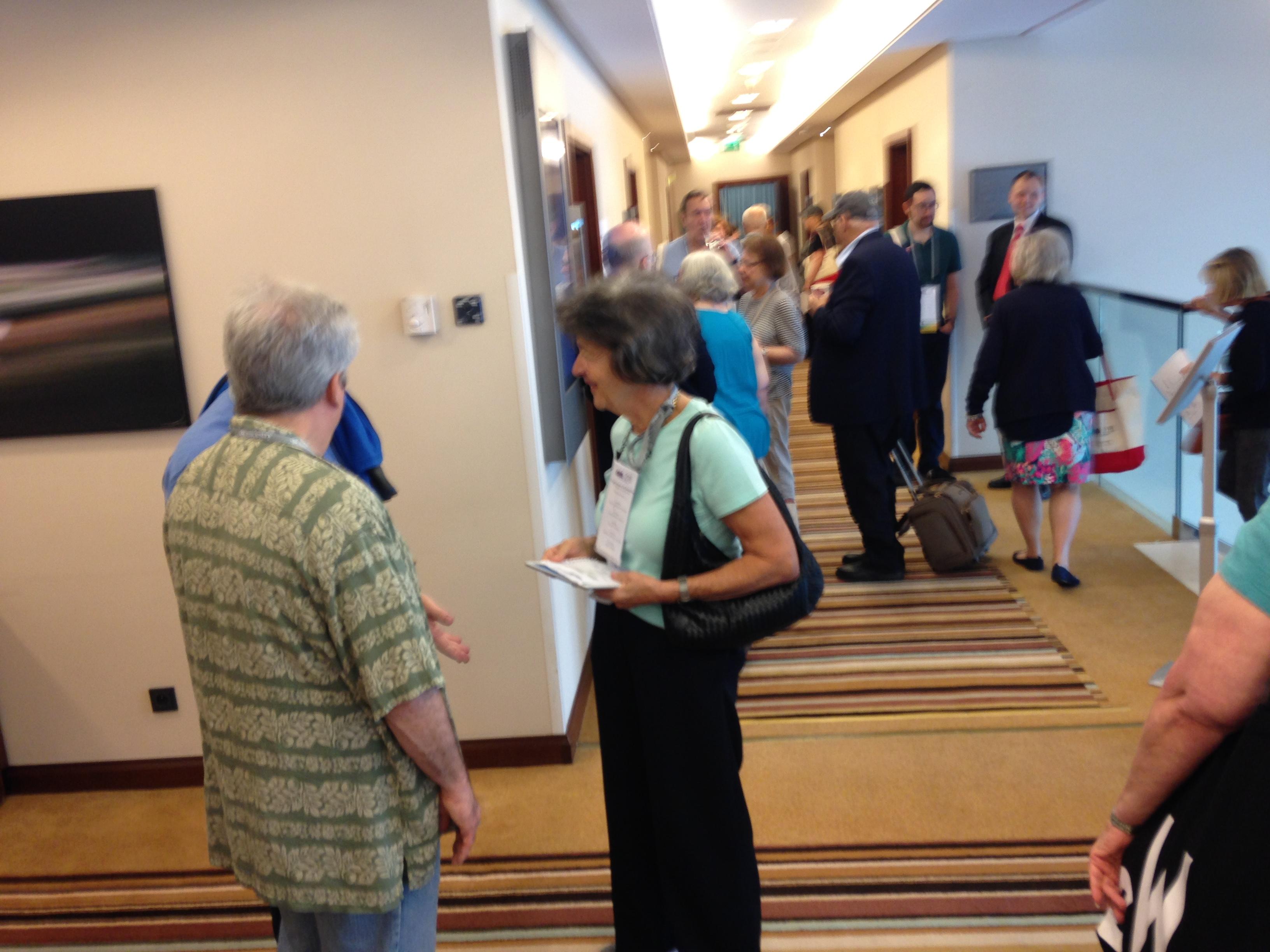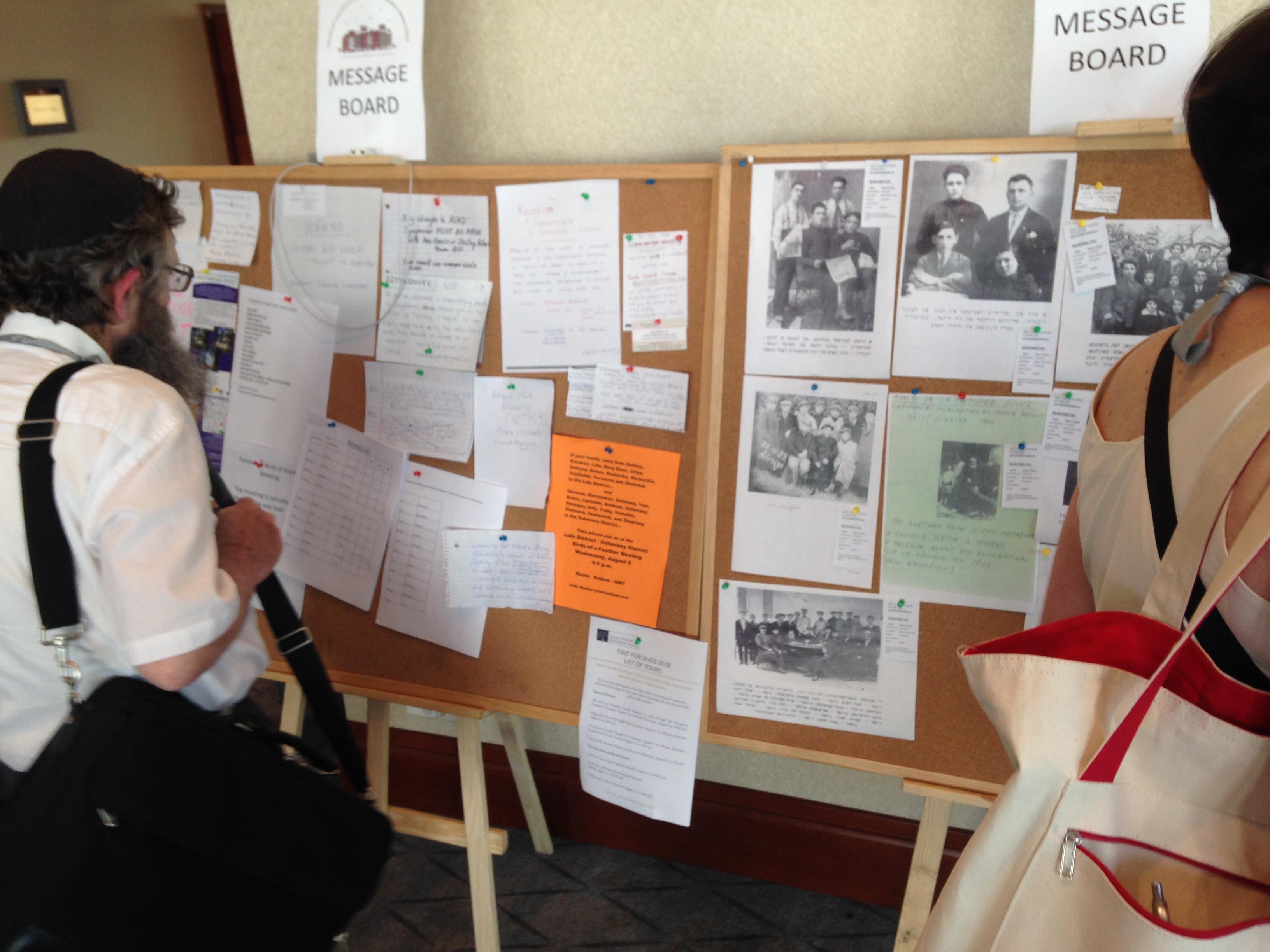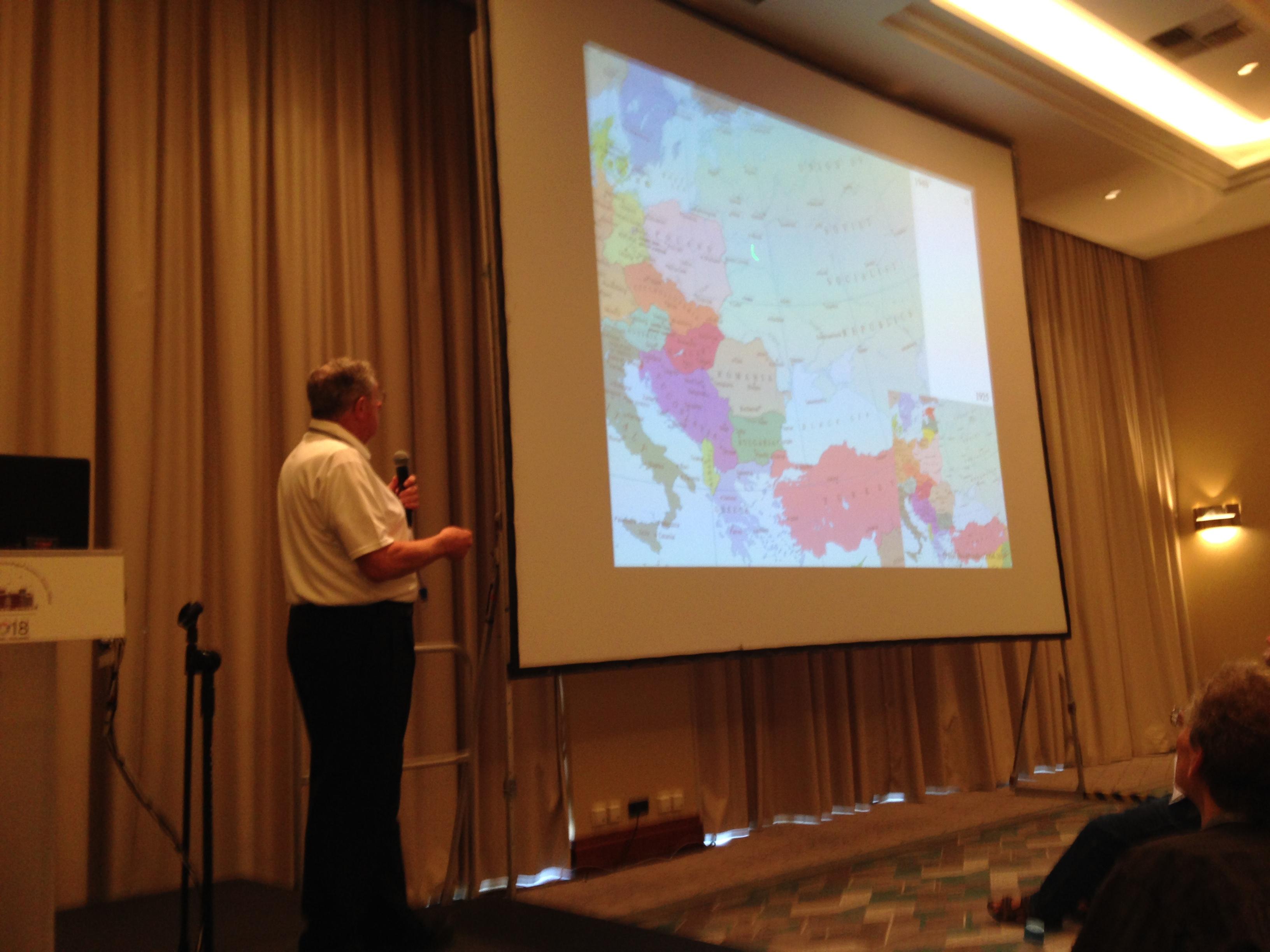IAJGS: Borders and culture in Jewish genealogy
One of the challenges in researching family history in Poland and Eastern Europe is understanding the constantly changing political boundaries in the region throughout the centuries. The same locality where your family lived was likely governed at different times under different monarchies and empires. This affected customs, language, laws—just about everything that defined your ancestors’ lives and circumstances.
In my family, three branches that originated only a few hundred miles from each other (all within the boundaries of present-day Poland) were subjects of three different empires—Russian, Austrian, and Prussian-German. The political and cultural differences in three localities entirely determined their differing attitudes and life decisions—differences that continue to have an impact right down to the current generations.
Several IAJGS conference sessions this week have focused on the constantly shifting map of Eastern Europe, helping researchers place their families in historical context. Two sessions by Hal Bookbinder focused on the entire history of the region from the Middle Ages to the 20th century. Another by Marysia Galbraith zoomed in on the critical years from 1772 to 1795 when the Polish lands were partitioned in three separate land grabs by the surrounding empires, until the sovereignty of Poland ceased to exist until it was reconstituted by the Treaty of Versailles after World War I.
My Prussian ancestors, whose towns I will be visiting in a few days, grew up as assimilated German citizens with less religious identification and greater economic opportunity. My Austrian relatives also ended up in Germany but with much closer connections to their shtetl past, which was reflected in their stronger religious practice and support of Zionism. My Russian relatives emigrated from the region two generations earlier and brought with them all the trappings of Jewish tradition reflected in mainstream American Jewish culture.
When my parents were married in 1947, my high-brow Prussian born maternal grandmother had to swallow her pride to be joined into my father’s family of so-called Östjuden, eastern Jews. Such combinations happened commonly in America but were exceptions in Europe.
The two sides of my Russian family came to New York in separate waves of immigration in the 1870s and 1890s. The family story is that my father’s maternal grandfather Abe Ratner left Russia in the 1891 hidden under a bed of hay in order to escape conscription. I have not seriously investigated this possibly suspect legend so far in my research, but several sessions have given me some avenues to work on.
One particularly useful session by Professor Ruth Leiserowitz looked at gazette notices from the city of Kowno in 1843 to discover the many ingenious methods used by families to enable their sons to evade conscription.
Images
1. Hal Bookbinder presents on the history of Eastern European borders
2. The Russian Pale after 1792
3. Attendees scan the message board in the conference lobby area




